Recently I went through the joys of running an early-war Bolt Action army – hordes of inexperienced troops and machine guns abound! In a future article, I’ll be talking about the late war with all the wonderful weaponry that brings. Today, however, we’ll be discussing an oft-overlooked period of the Second World War – the bit right in the middle! For the purposes of this discussion, that’s 1941-42. Perhaps understandably the mid-war tends to receive rather less attention than the early and late periods, both in history and in wargaming, but I really don’t think that’s fair – in many ways you get some of the best of both worlds on the tabletop, and historically it’s a fascinating period. The Japanese bombing of Pearl Harbour brings the USA into the war, and the Pacific war is on in earnest! In the desert, the fighting is coming to an end, while the Italian campaign is about to begin. In Europe, Operation Barbarossa is launched, bringing the Soviet Union into the fray and opening the Eastern Front. Just a bit going on, then!
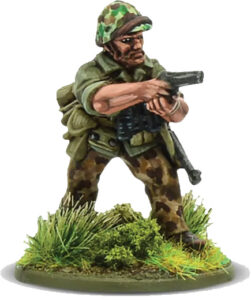
The mid-war is a really interesting period to wargame, as there are a wide variety of armies available, most of which are in completely different states of modernisation and organisation! For those wanting to bring an ‘early’ style list with plenty of Inexperienced troops and MMG-laden tanks, the Soviet Union in the early stages of Operation Barbarossa has you covered! Meanwhile, the British and Commonwealth forces in the western desert have become battle-hardened veterans, while the enormous might of the USA has begun to swing into motion. The Japanese present a fascinating force – while they are often portrayed fighting hopelessly against overwhelming American strength, in this period they were very much in the ascendancy and were an extremely capable, battle-hardened force. And, whilst Germany has been more or less defeated in Africa, the enormous number of troops taking part in the invasion of the Soviet Union are well-equipped, well-motivated, and well-led – and ideal for anyone wanting to build a motorised or armoured force!
One of the great things about the mid-war is that, by and large, most nations had more or less figured out ‘proper’ anti-tank guns – no need to rely on HE and the dubious penetration power of light AT guns to deal with marauding armour! The same applies to tank guns, meaning armoured vehicles are now more than just ‘machine gun buses’. Infantry of many flavours are available, including many new specialist formations, so there’s plenty to choose from. For my example force for this period, I’m going with an old favourite of mine – Operation Barbarossa Germans! I like to theme my lists, so this force represents fast-moving motorised infantrymen that have run into a Soviet strongpoint, and called up a little fire support!
| Unit Type | Unit Name | Options | Cost |
|---|---|---|---|
| Infantry (Headquarters) | Regular Leutnant | Extra Man; SMGs; | 60 |
| Infantry (Squad) | Heer Pionier Squad | 2 extra men; Flamethrower; 5 SMGs; | 126 |
| Infantry (Squad) | Heer Infantry Squad | 4 extra men; LMG; | 110 |
| Infantry (Squad) | Heer Infantry Squad | 5 extra men; LMG; | 120 |
| Infantry (Squad) | Heer Infantry Squad | 5 extra men; LMG; | 120 |
| Infantry (Team) | Regular Flamethrower Team | – | 50 |
| Infantry (Team) | Regular Medium Mortar Team | Spotter; | 60 |
| Infantry (Team) | Regular Light Howitzer | – | 50 |
| Vehicle (Tank) | Regular Panzer III Ausf.G | – | 155 |
| Vehicle (Armoured Car) | Regular Motorcycle with MMG Sidecar | – | 40 |
| Vehicle (Transport) | Regular Truck | – | 39 |
| Vehicle (Transport) | Regular Truck | – | 39 |
| Vehicle (Transport) | Inexperienced Truck | – | 31 |
1000 Points, 13 Order Dice
What we have here is a nice, not-too-complex force with a surprising number of mobile infantry bodies. As always, it’s by no means the most competitive army list in the world, but does feature a pair of flamethrowers – perfect for clearing out bunkers (or terrifying tankers!). Tactically it’s reasonably flexible, if somewhat lacking in heavier firepower. The large LMG-armed squads can either hang back and provide longer-ranged support, or get in closer with a view to a potential assault. The trucks allow my choice of units to be ferried to where they’re needed, particularly the close quarters one-two punch of the Pioniers and Flamethrower team, while the Motorcycle/Sidecar combination can zip around the table chucking out pins and menacing smaller squads. The obligatory Medium Mortar and Light Howitzer give some HE capacity, while the light but capable Panzer III holds down the anti-armour duties respectably.
All in all, this force gives a good ‘feel’ of the mid-war period in Europe, combining older-style infantry squads with more modern technology in trucks and tank development. Tactically it still plays closer to an early-war force than a late, but you can see the rapid progress of technological development gathering momentum – it really is on the cusp of getting some seriously high-tech toys. Next time we’ll take a look at what the future holds with the third article in this mini-series – and perhaps maybe we’ll be able to settle once and for all which is the ‘best’, or at least which one is my own personal favourite!
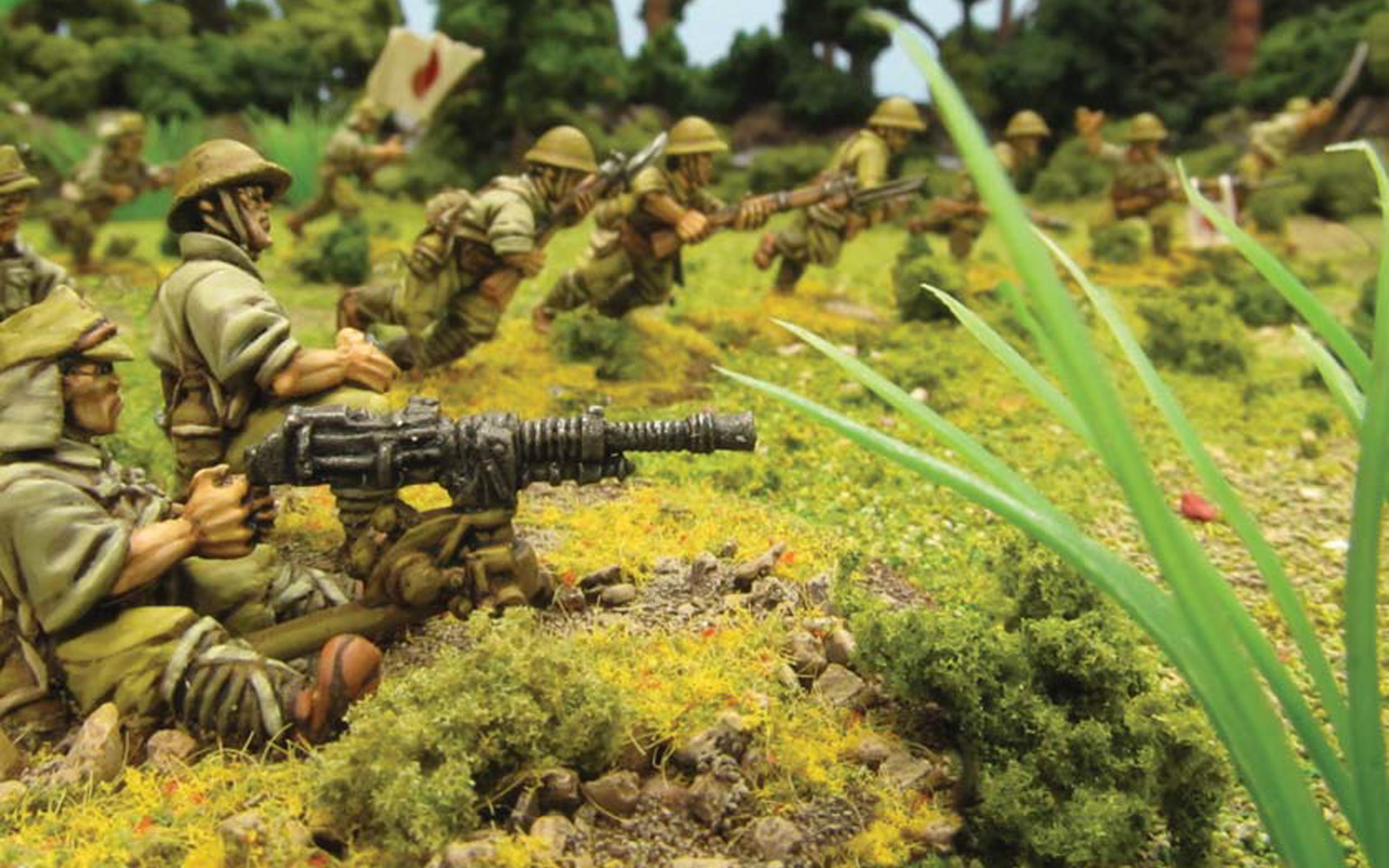
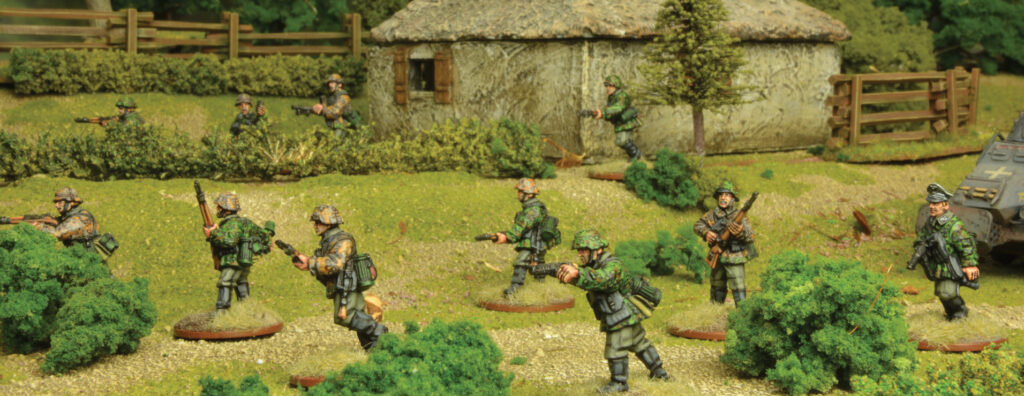
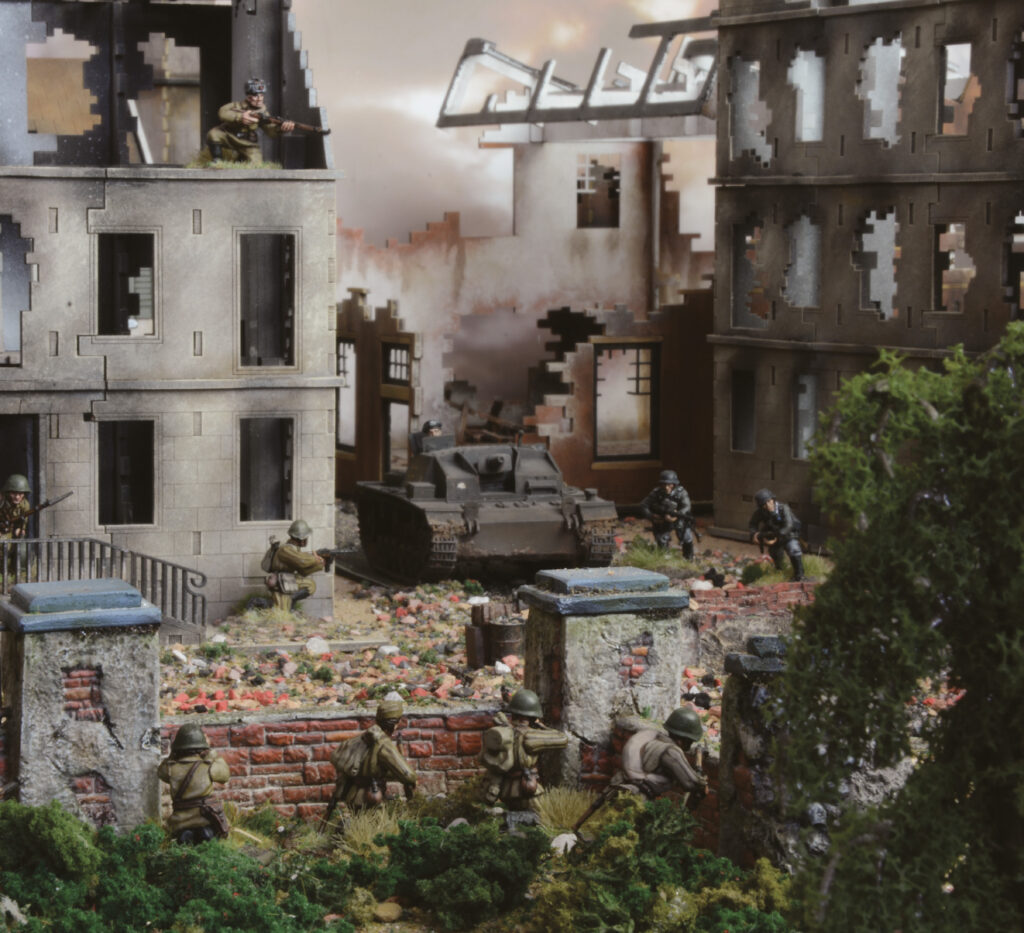
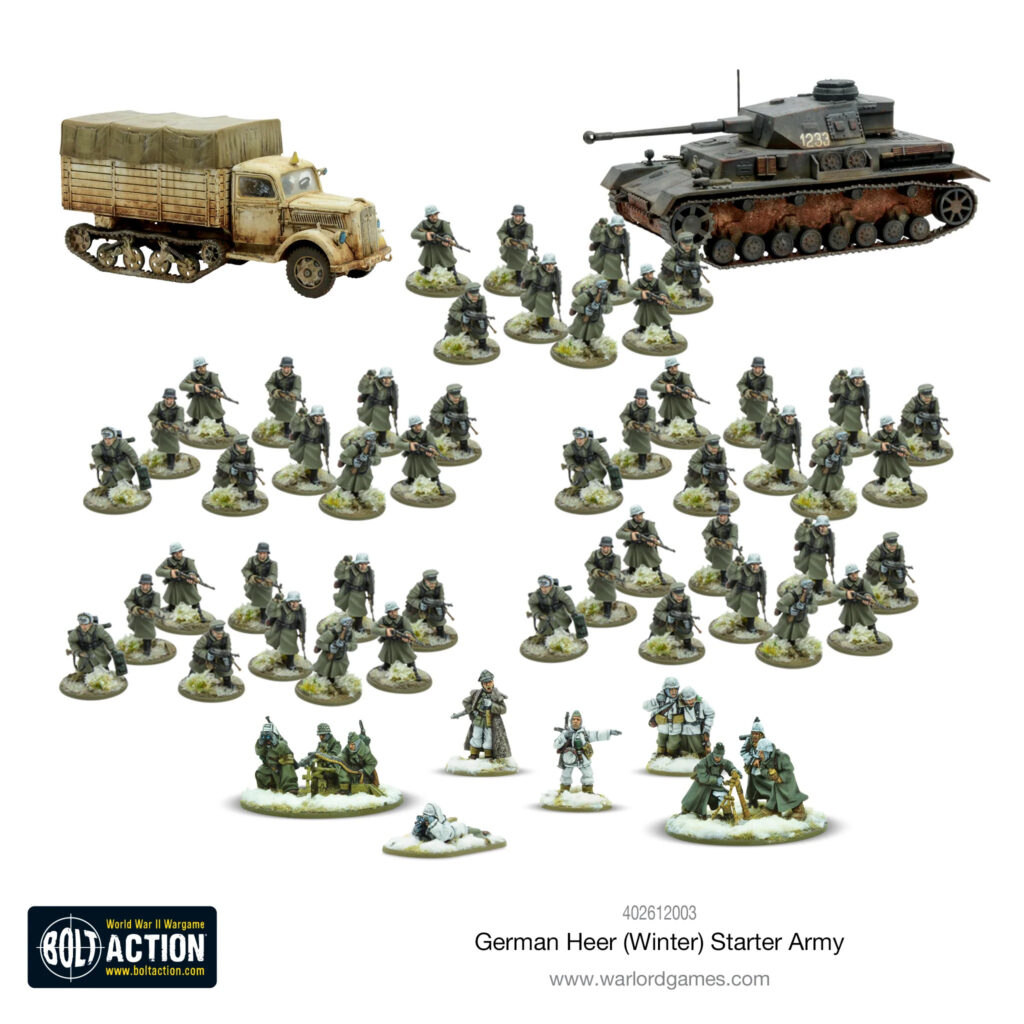
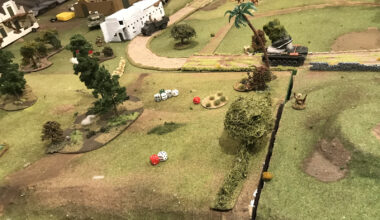
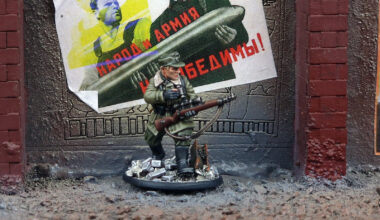
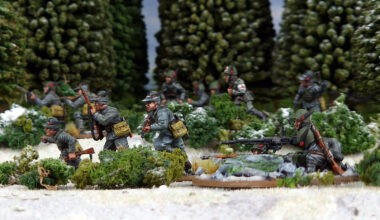
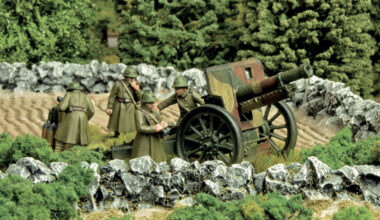
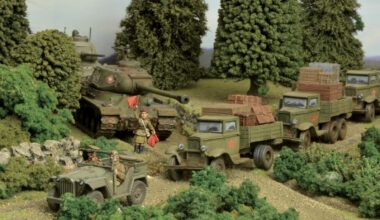
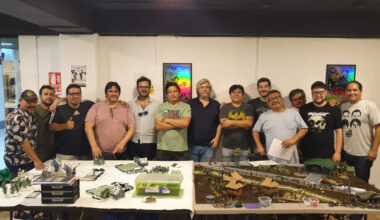
1 comment
Like these articles.
Funny thing is, despite the year, I’ve always seen the Japanese as an Interwar Army rather than a mid/late war one…